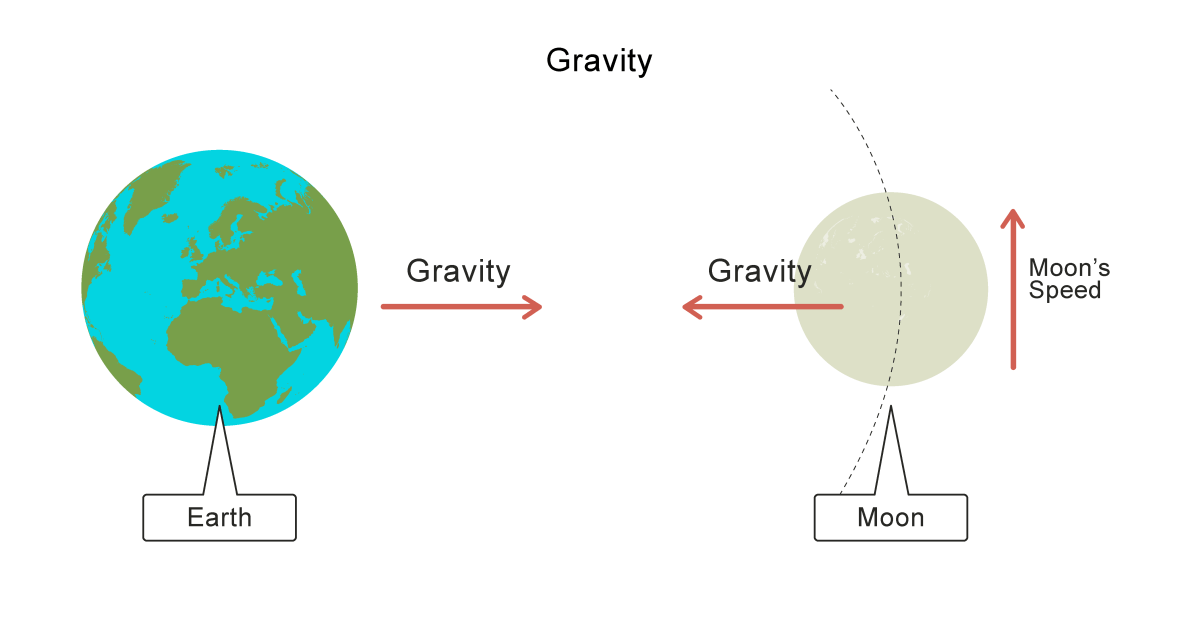Gravitic propulsion system: Imagine a future where spacecraft effortlessly traverse the cosmos, not with roaring rockets, but by manipulating gravity itself. This technology, still largely theoretical, promises interstellar travel and revolutionary space exploration. We’ll explore the mind-bending physics, potential designs, and monumental engineering challenges that stand between us and this gravity-defying future.
This exploration will cover the theoretical underpinnings, from general relativity to exotic matter, and delve into potential designs, energy sources, and materials. We’ll also tackle the significant engineering hurdles, discuss potential solutions, and examine the societal and ethical implications of harnessing gravity for propulsion. Prepare for a journey into the fascinating world of gravitic propulsion.
Theoretical Foundations of Gravitic Propulsion
Gravitic propulsion, the concept of using gravity for spacecraft propulsion, rests on manipulating spacetime itself. This isn’t about simply using a planet’s gravity for a slingshot maneuver; it’s about actively generating or controlling gravitational fields for directed thrust. The theoretical underpinnings are complex and draw heavily from Einstein’s General Relativity, a theory describing gravity not as a force but as the curvature of spacetime caused by mass and energy.
General Relativity and Gravitic Propulsion
General Relativity provides the theoretical framework. Massive objects warp spacetime, and this curvature dictates how other objects move. Gravitic propulsion aims to harness this curvature, either by creating localized distortions or by manipulating existing gravitational fields. However, the equations of General Relativity are notoriously difficult to solve, especially when dealing with strong gravitational fields. This poses a significant challenge to developing practical gravitic propulsion systems.
Challenges and Limitations
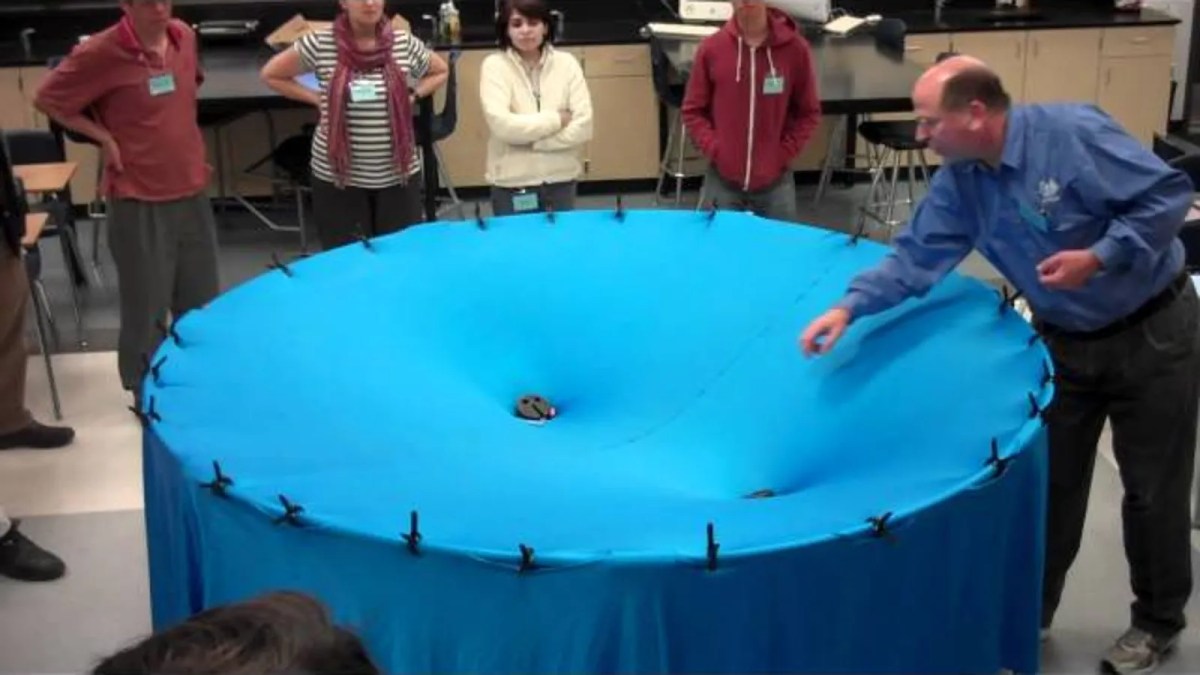
Current scientific understanding presents several hurdles. The sheer energy required to manipulate spacetime curvature on a scale sufficient for propulsion is astronomical. Furthermore, the exotic matter required by some theoretical models, possessing negative mass-energy density, has never been observed and its existence is purely hypothetical. The extremely weak nature of gravity compared to other fundamental forces also presents a major obstacle.
Theoretical Approaches to Gravitic Propulsion
Several theoretical approaches exist. One focuses on manipulating spacetime curvature directly, perhaps through the generation of gravitational waves or the creation of wormholes. Another involves harnessing exotic matter, whose repulsive gravitational effects could theoretically provide thrust. These approaches differ significantly in their feasibility and the mathematical models used to describe them. While manipulating spacetime curvature might involve complex solutions to Einstein’s field equations, harnessing exotic matter requires theoretical frameworks that extend beyond our current understanding of physics.
Mathematical Models
The mathematical models used are highly complex, involving tensor calculus and differential geometry. Einstein’s field equations, which relate the curvature of spacetime to the distribution of mass and energy, are central to these models. Other advanced mathematical tools, such as those from differential geometry and topology, are also employed to describe and analyze potential gravitic propulsion mechanisms. The complexity of these models underscores the significant theoretical challenges involved in developing practical gravitic propulsion systems.
Potential Technologies and Mechanisms
Designing a practical gravitic propulsion system requires innovative solutions to the immense challenges Artikeld above. This section explores potential technologies and mechanisms, acknowledging the highly speculative nature of much of this discussion.
Conceptual Gravitic Propulsion System
One conceptual design might involve a ring-shaped device generating a localized curvature of spacetime. This curvature would create a gravitational “well,” pulling the spacecraft forward. The energy required would be immense, potentially exceeding anything currently conceivable. The following table summarizes the key features of this hypothetical system:
| Component | Function | Material | Challenges |
|---|---|---|---|
| Spacetime Curvature Generator | Creates a localized gravitational field | Hypothetical exotic matter or highly advanced energy manipulation technology | Requires immense energy, material limitations |
| Energy Source | Powers the curvature generator | Antimatter annihilation, controlled fusion, or other highly efficient energy sources | Energy density and containment issues |
| Control System | Directs and regulates the gravitational field | Highly advanced computing and sensor technology | Precision control of gravitational fields |
| Shielding System | Protects the spacecraft from intense gravitational forces | Unknown; potentially requires novel materials | Shielding from immense gravitational forces |
Energy Sources
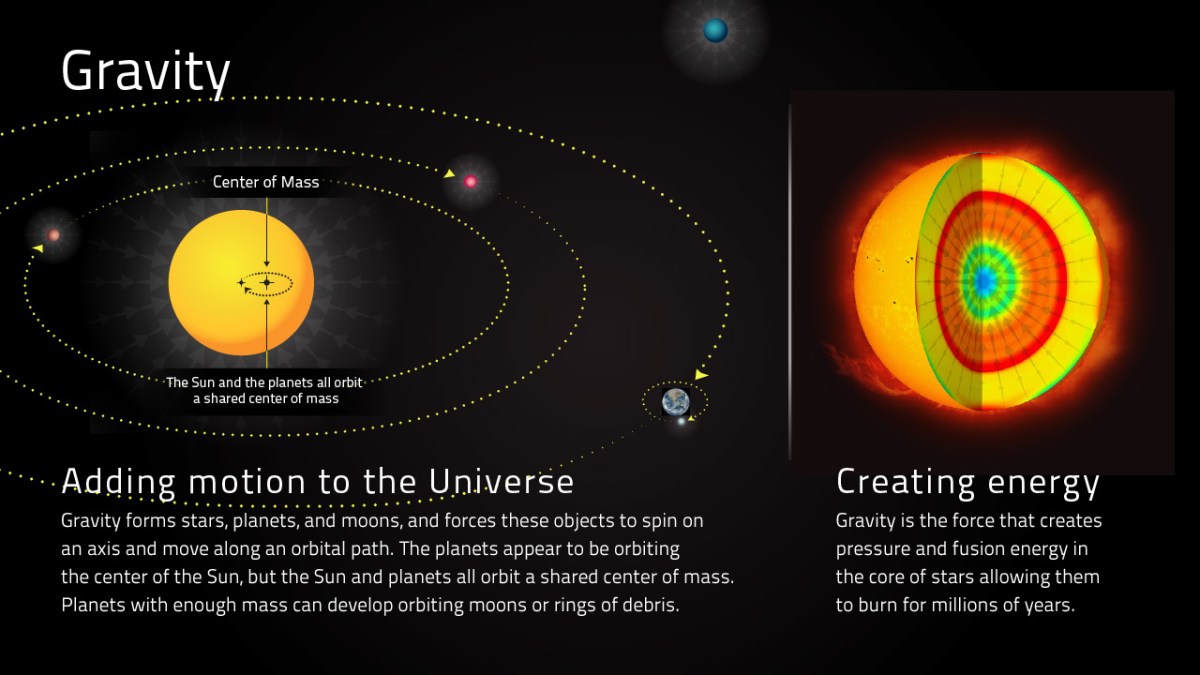
The energy requirements for gravitic propulsion are staggering. Antimatter annihilation offers the highest energy density, but safely storing and controlling antimatter remains a significant challenge. Controlled fusion reactions are another possibility, but even these would require advancements beyond our current capabilities. Other highly efficient energy sources, currently purely hypothetical, may be necessary.
Materials and Technologies
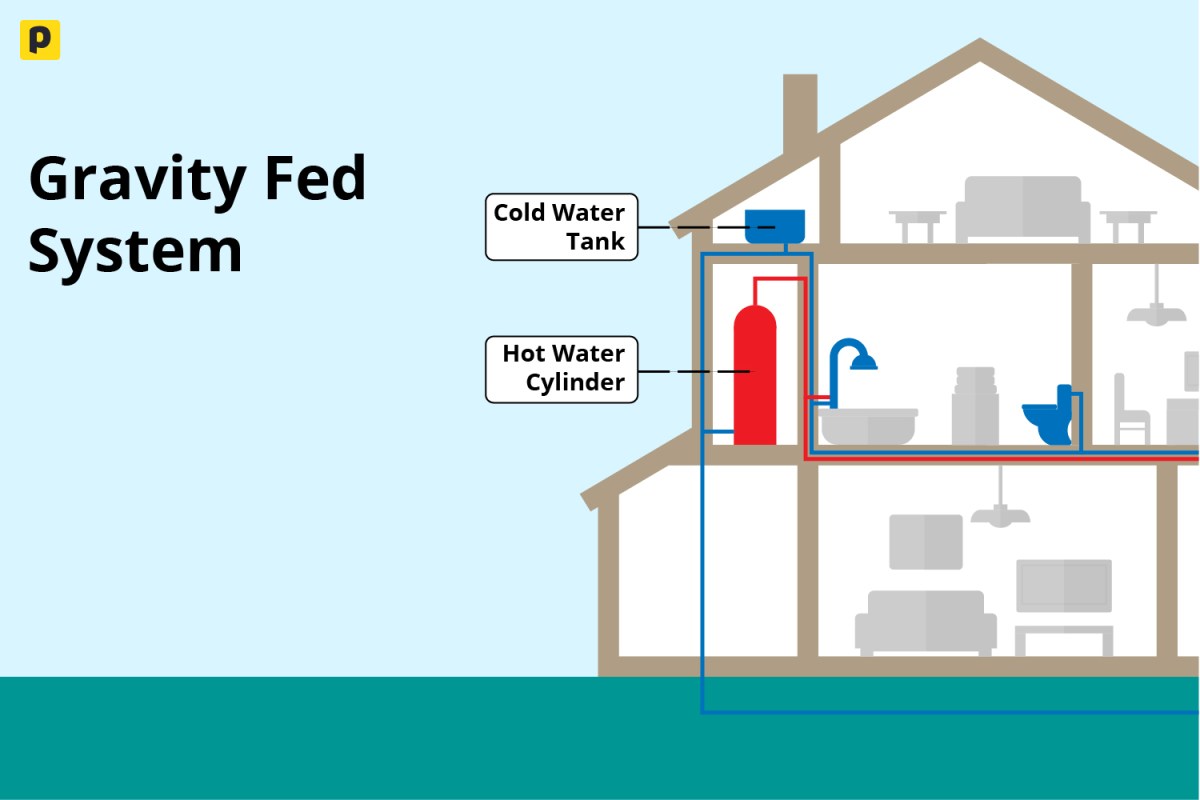
The construction of a gravitic propulsion system would necessitate materials and technologies far beyond our current capabilities. Exotic matter, if it exists, would be a key component. However, even without exotic matter, manipulating spacetime on a large scale requires immense energy and precision control, demanding revolutionary advancements in materials science and energy engineering.
Generating and Controlling Gravitational Fields
Generating and controlling the gravitational field required for propulsion is the core challenge. Possible methods, largely theoretical, include manipulating spacetime curvature through gravitational waves or exploiting the properties of exotic matter. Precise control of such fields would require an incredibly sophisticated control system capable of managing forces of immense magnitude.
Engineering Challenges and Solutions
Miniaturizing a gravitic propulsion system for spacecraft applications presents immense engineering challenges. Generating a sufficiently strong gravitational field for propulsion is a technological hurdle of unprecedented scale. This section addresses these challenges and explores potential solutions.
Miniaturization Challenges
Shrinking a gravitic propulsion system to a size suitable for spacecraft while maintaining sufficient thrust is a daunting task. The energy density and control precision required increase exponentially as the system’s size decreases.
Generating a Sufficiently Strong Gravitational Field
The magnitude of the gravitational field needed for effective propulsion is far beyond anything currently achievable. This requires either extremely high energy densities or the harnessing of currently unknown physical phenomena.
Potential Solutions
- Developing new materials with exotic properties.
- Achieving breakthroughs in energy generation and storage.
- Discovering and harnessing new physical phenomena.
- Improving our understanding of spacetime manipulation.
Safety Considerations
The immense energies involved in gravitic propulsion pose significant safety risks. Uncontrolled release of energy or gravitational field fluctuations could have catastrophic consequences. Robust safety protocols and fail-safe mechanisms are essential.
Applications and Implications
Successful development of gravitic propulsion would revolutionize space exploration and have profound societal and economic impacts. This section explores these potential applications and implications.
Applications in Space Exploration
Gravitic propulsion could enable interstellar travel, making the exploration of other star systems a realistic possibility. It would also significantly reduce travel times within our solar system, facilitating more ambitious planetary exploration missions.
Societal and Economic Impacts
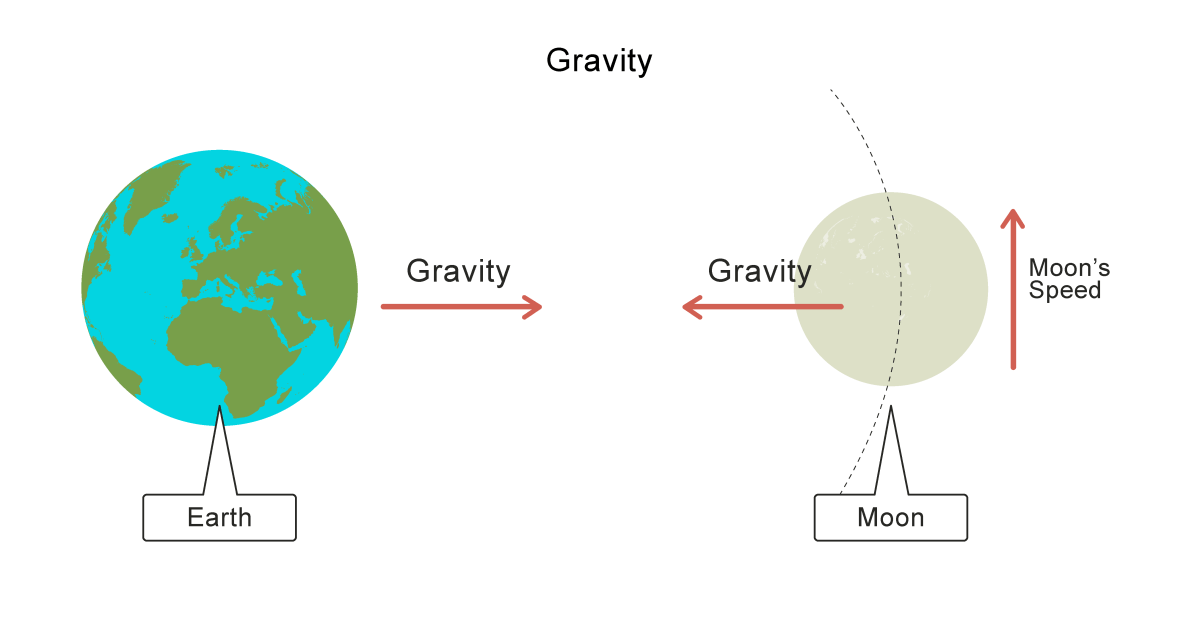
The economic benefits could be substantial, creating new industries and opportunities. However, the societal implications are complex, potentially leading to increased inequality or unforeseen social disruptions.
Comparison with Existing Propulsion Methods
Gravitic propulsion offers significantly higher speeds and potentially shorter travel times compared to chemical rockets or ion propulsion. However, its development faces far greater technological challenges.
Spacecraft Utilizing Gravitic Propulsion, Gravitic propulsion system
Imagine a sleek, disc-shaped spacecraft, its central core housing the spacetime curvature generator. A shimmering energy field surrounds the craft, a visual manifestation of the manipulated gravitational field. This field provides the thrust, propelling the spacecraft at speeds far exceeding anything currently possible. The craft’s design would emphasize energy efficiency and shielding from the intense gravitational forces generated by the propulsion system.
This would likely incorporate advanced materials and cooling systems to handle the extreme energy demands and potential radiation exposure.
Ethical and Societal Considerations: Gravitic Propulsion System
The ethical and societal implications of interstellar travel enabled by gravitic propulsion are profound and require careful consideration. This section explores these considerations and potential mitigation strategies.
Ethical Implications of Interstellar Travel
Potential encounters with extraterrestrial life raise ethical questions about first contact, planetary protection, and the potential impact on other civilizations. The responsible development and use of this technology are paramount.
Potential Societal Disruptions
Widespread adoption of gravitic propulsion could lead to significant societal shifts, potentially exacerbating existing inequalities or creating unforeseen social challenges. Careful planning and mitigation strategies are crucial.
Mitigation Strategies
International cooperation, stringent regulations, and ethical guidelines are necessary to manage the risks and ensure the responsible development and use of gravitic propulsion technology. Public education and engagement are also crucial to fostering informed discussion and shaping responsible policies.
Benefits and Drawbacks of Widespread Access
While gravitic propulsion offers immense potential benefits, such as enabling interstellar travel and accelerating scientific discovery, uncontrolled access could lead to unforeseen consequences. A careful balance between technological advancement and ethical responsibility is essential.
Closing Notes
Gravitic propulsion, while still a concept largely confined to theoretical physics, offers a tantalizing glimpse into a future of limitless space exploration. Overcoming the immense technological hurdles will require breakthroughs in our understanding of gravity and materials science, but the potential rewards—interstellar travel, resource acquisition from distant worlds, and a vastly expanded human presence in the universe—are undeniably compelling.
The journey to harnessing gravity for propulsion is a long one, but the destination promises to be extraordinary.
FAQs
How would a gravitic propulsion system differ from current rocket technology?
Unlike chemical rockets that rely on expelling mass for thrust, a gravitic propulsion system would manipulate gravity itself to generate propulsion, potentially offering vastly higher speeds and efficiency.
What are the biggest obstacles to creating a working gravitic propulsion system?
The biggest obstacles include our limited understanding of gravity at a quantum level, the need for incredibly powerful and controllable energy sources, and the development of materials capable of withstanding the extreme conditions involved.
Could a gravitic propulsion system be used for terrestrial applications?
While the primary focus is space travel, potential terrestrial applications are minimal at this stage. However, a deeper understanding of gravity manipulation could have unforeseen technological spin-offs.
